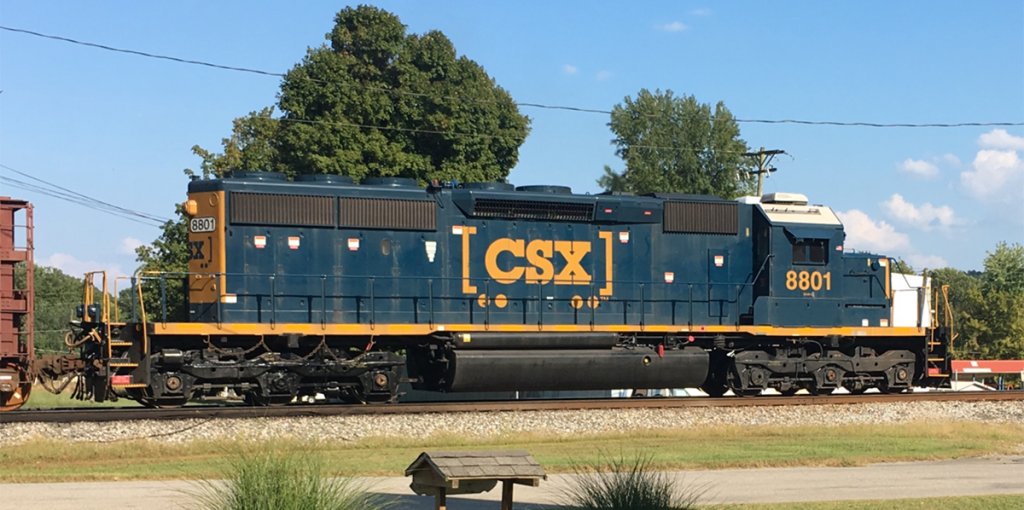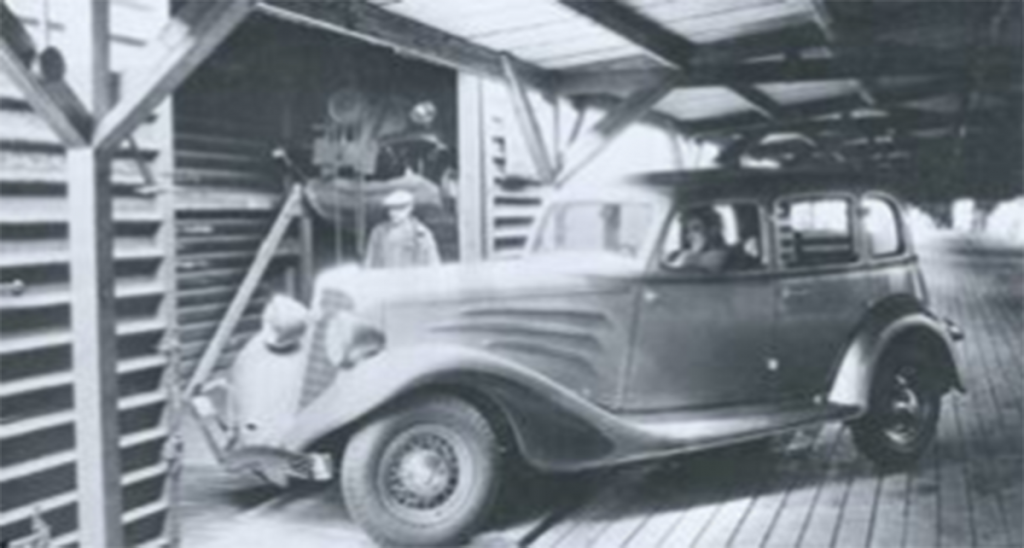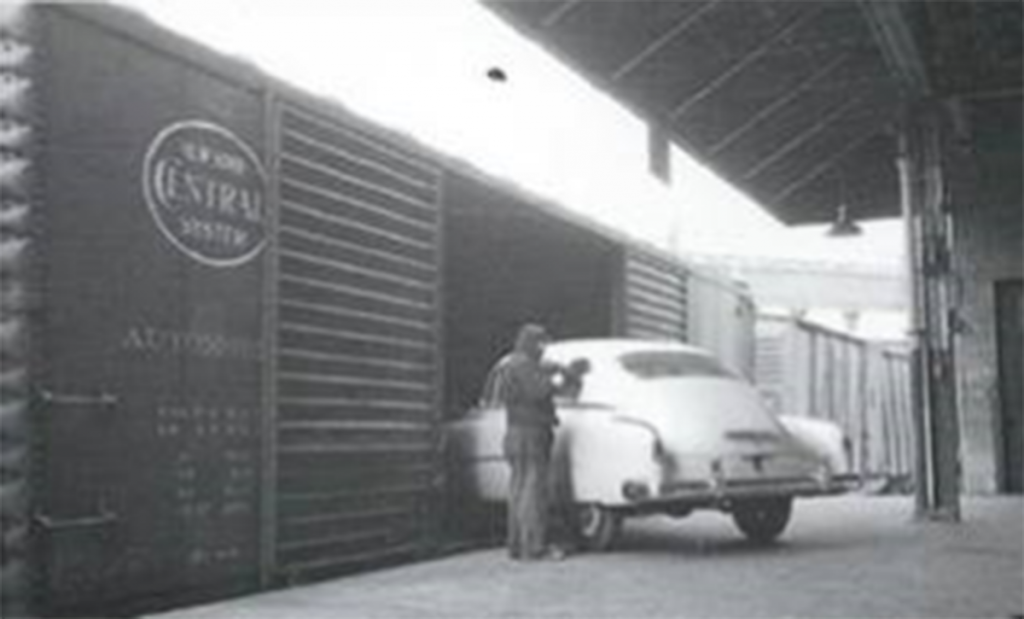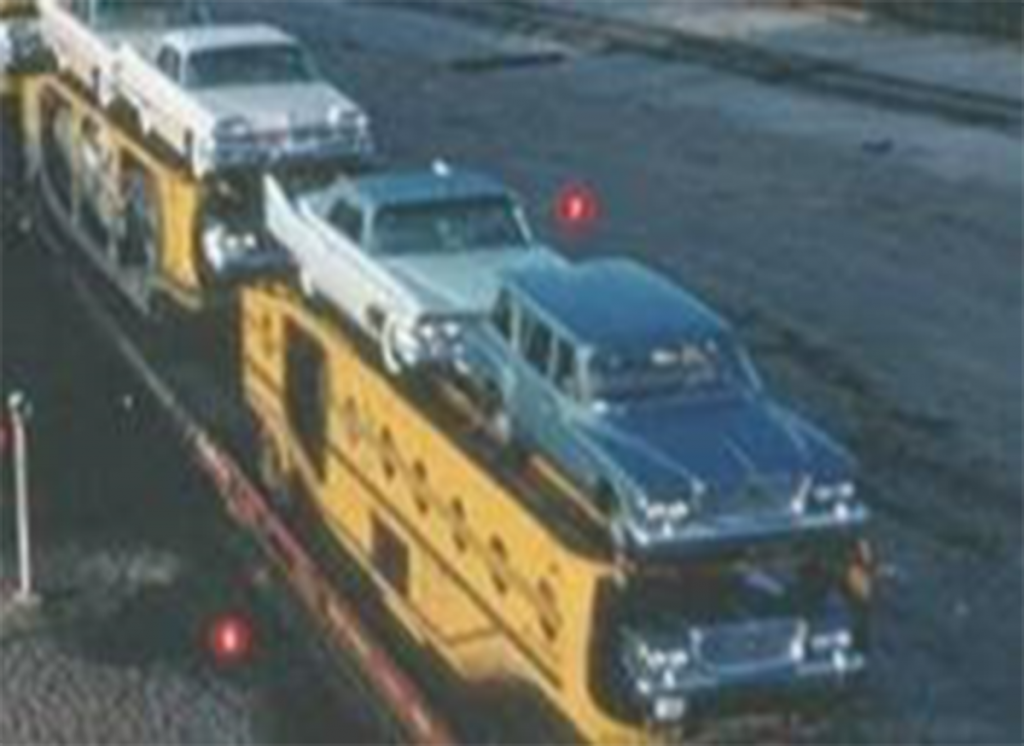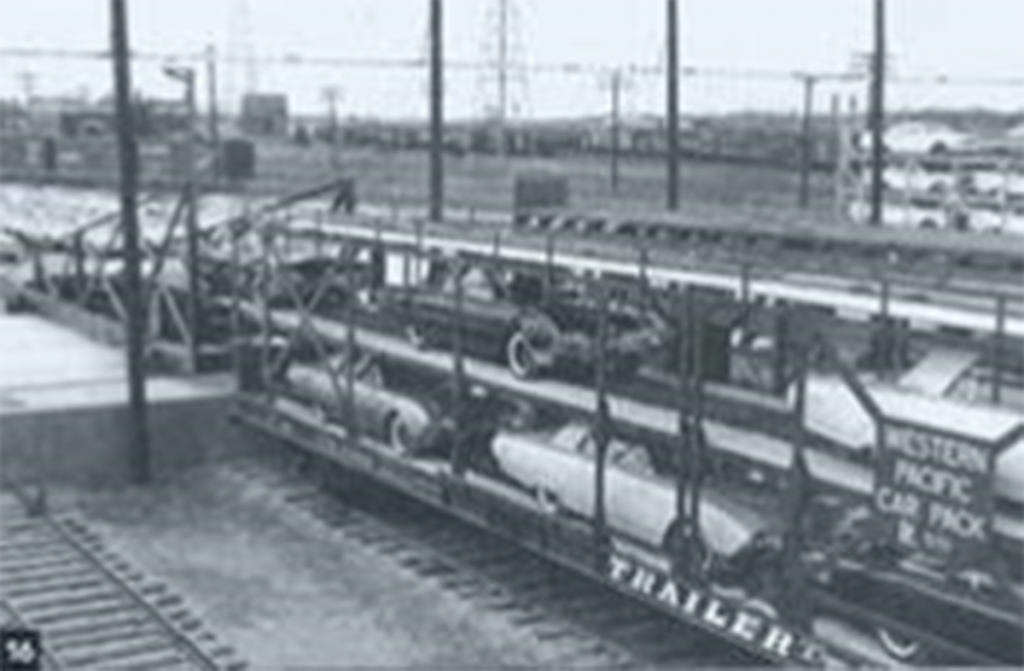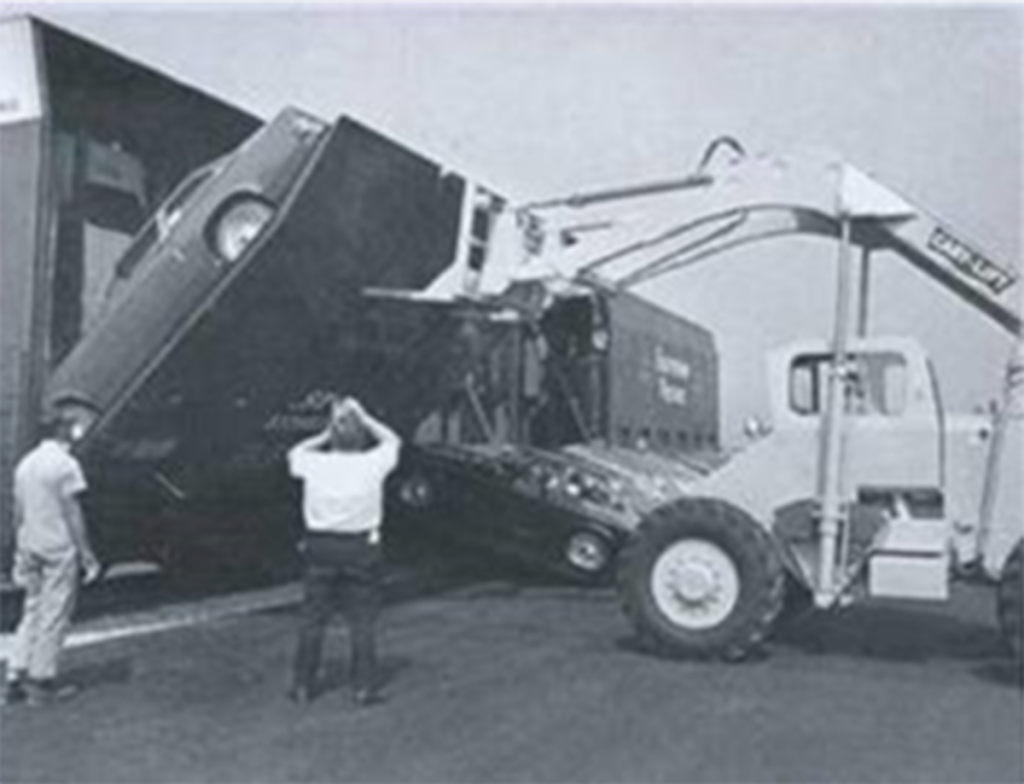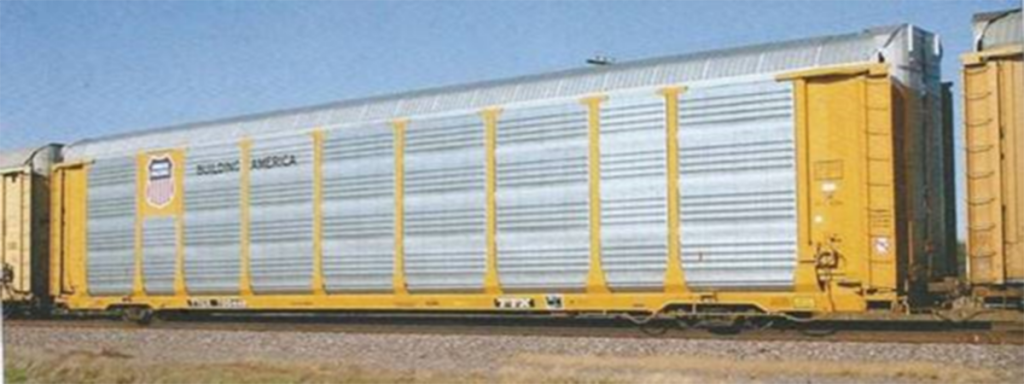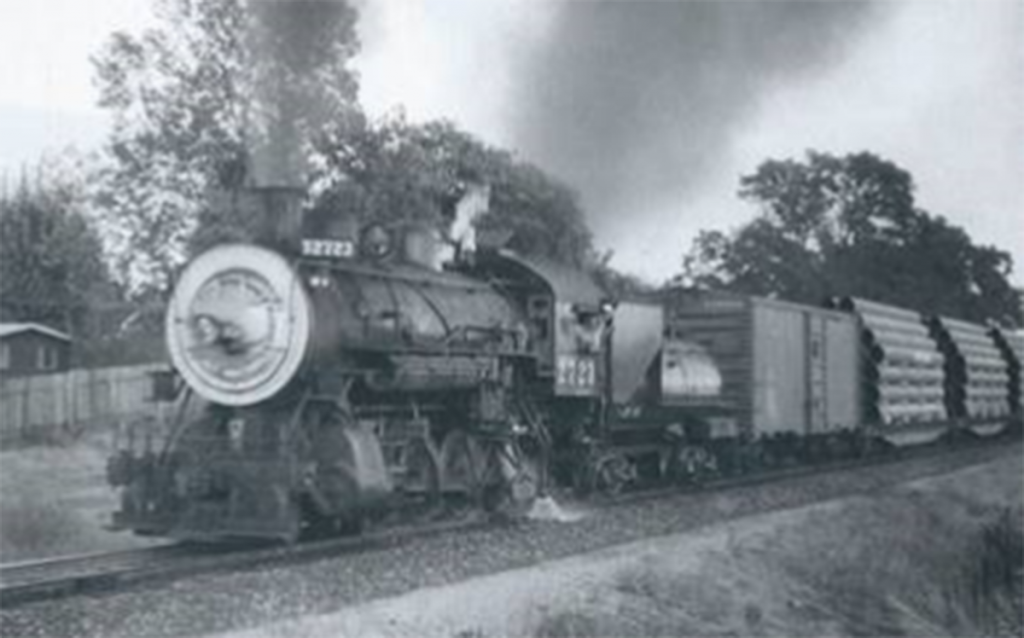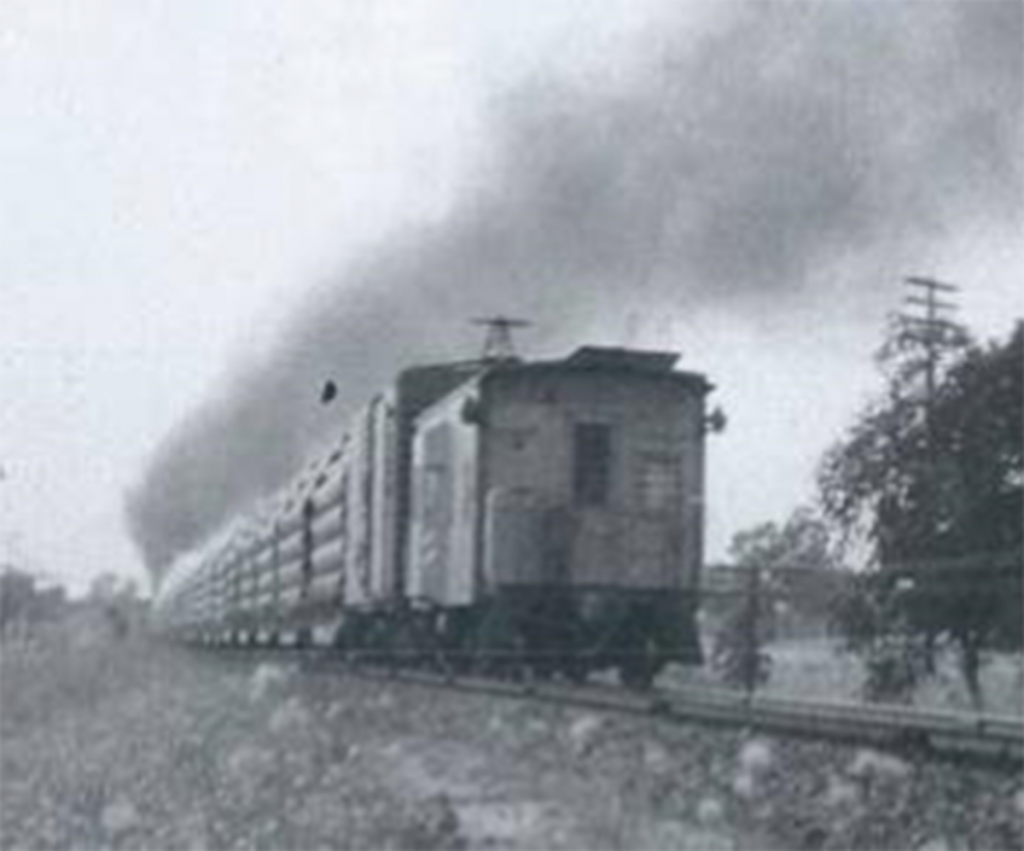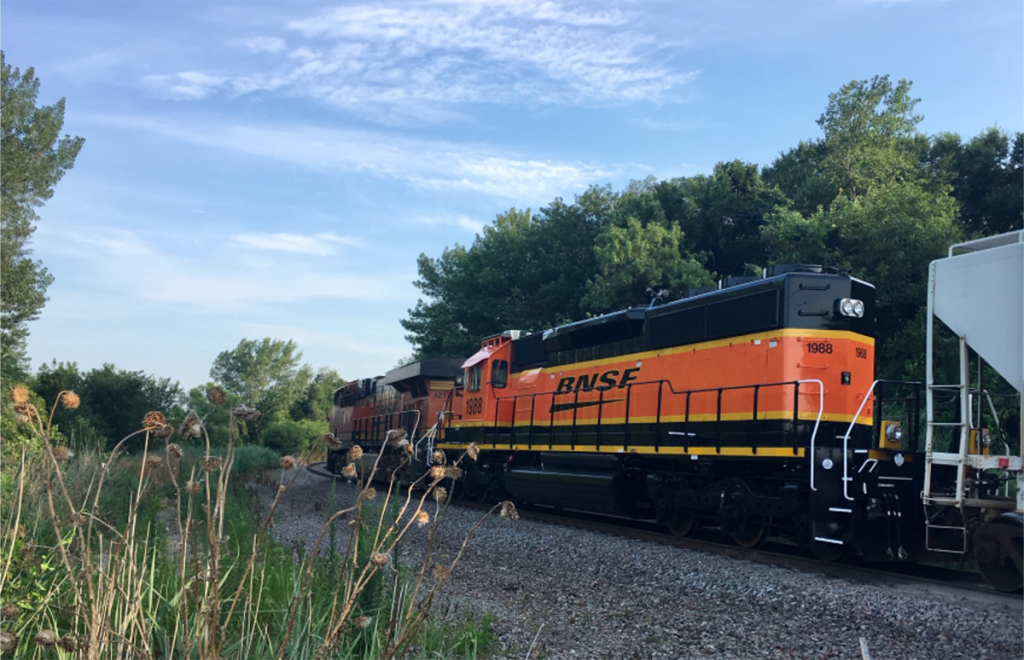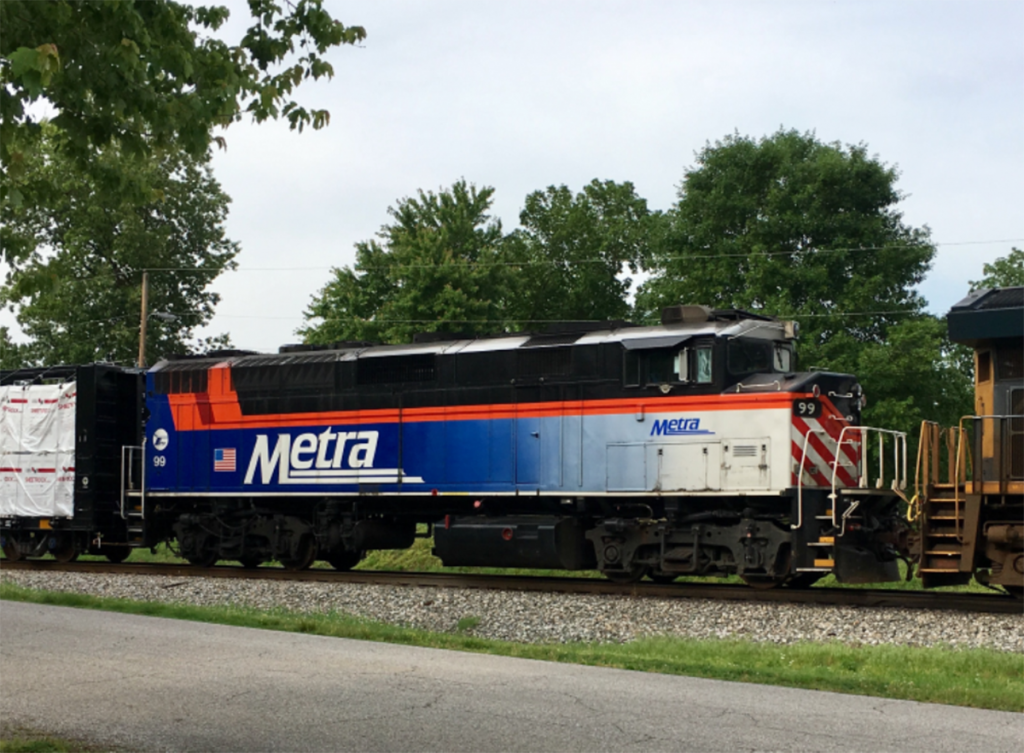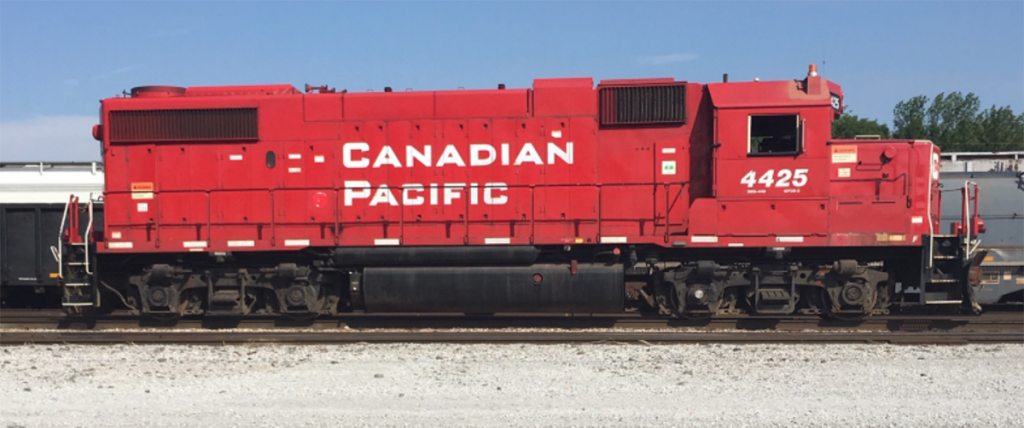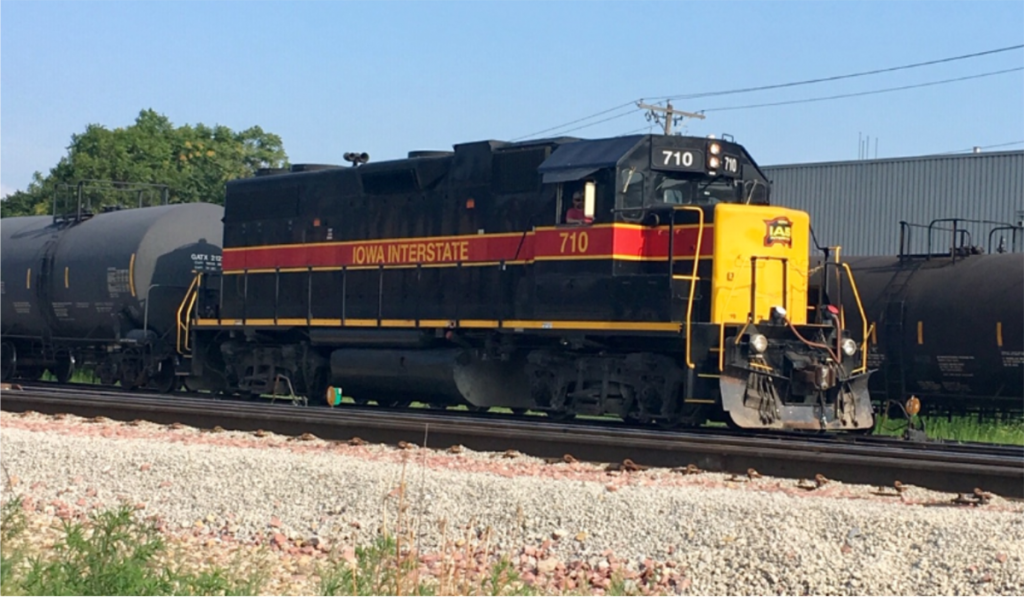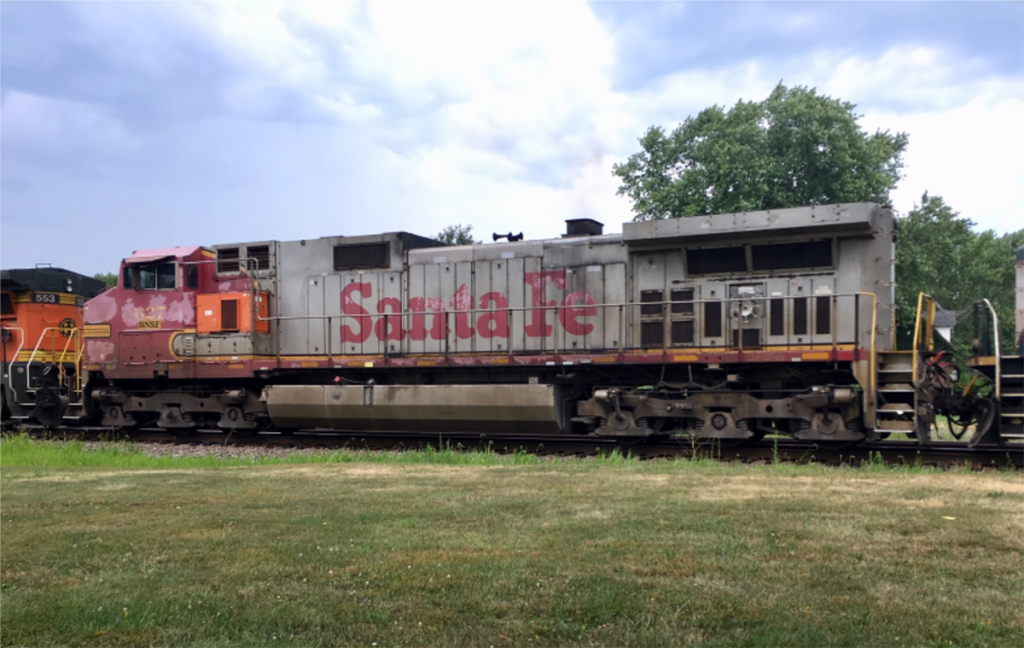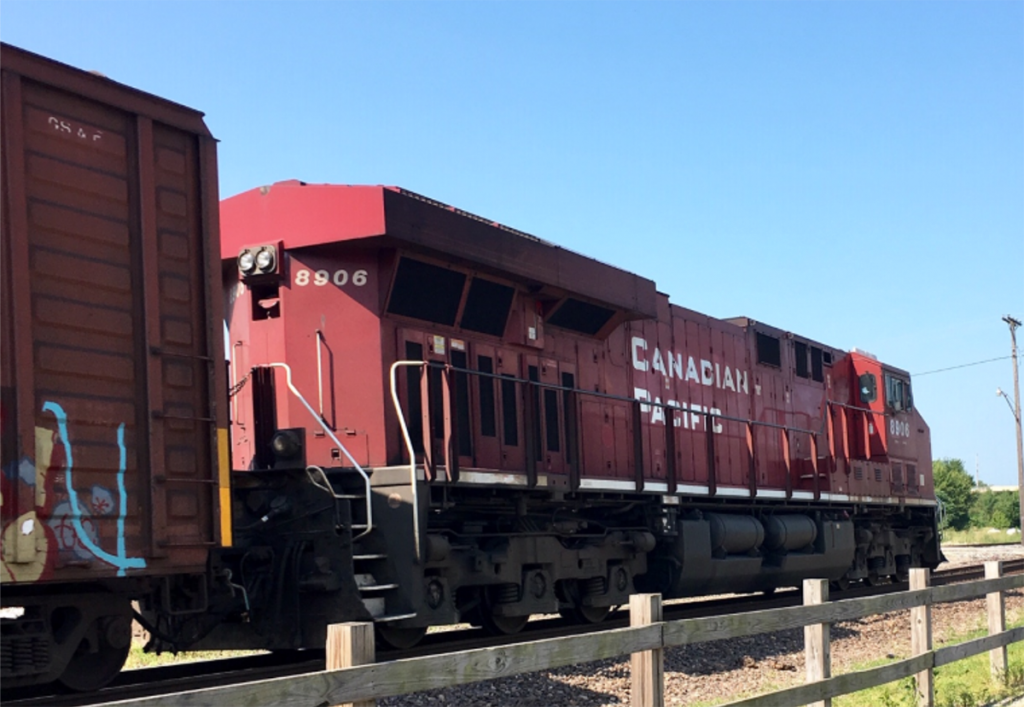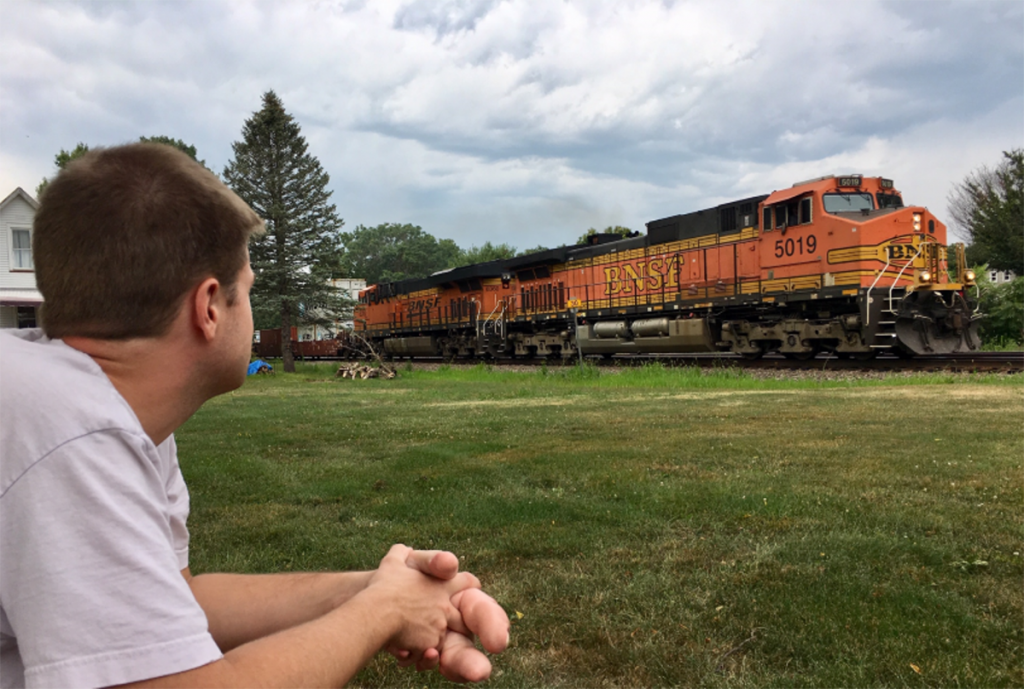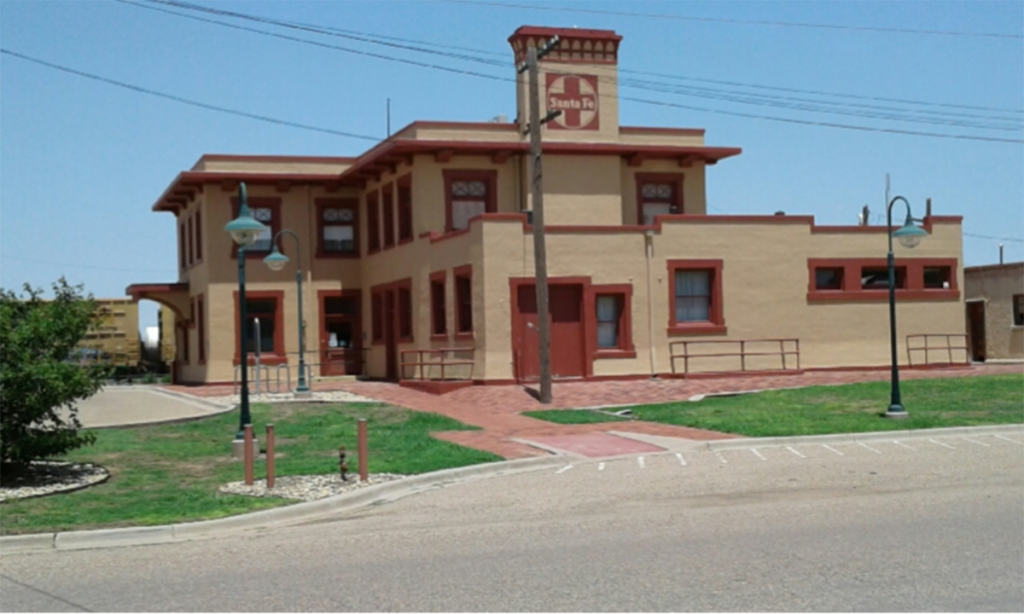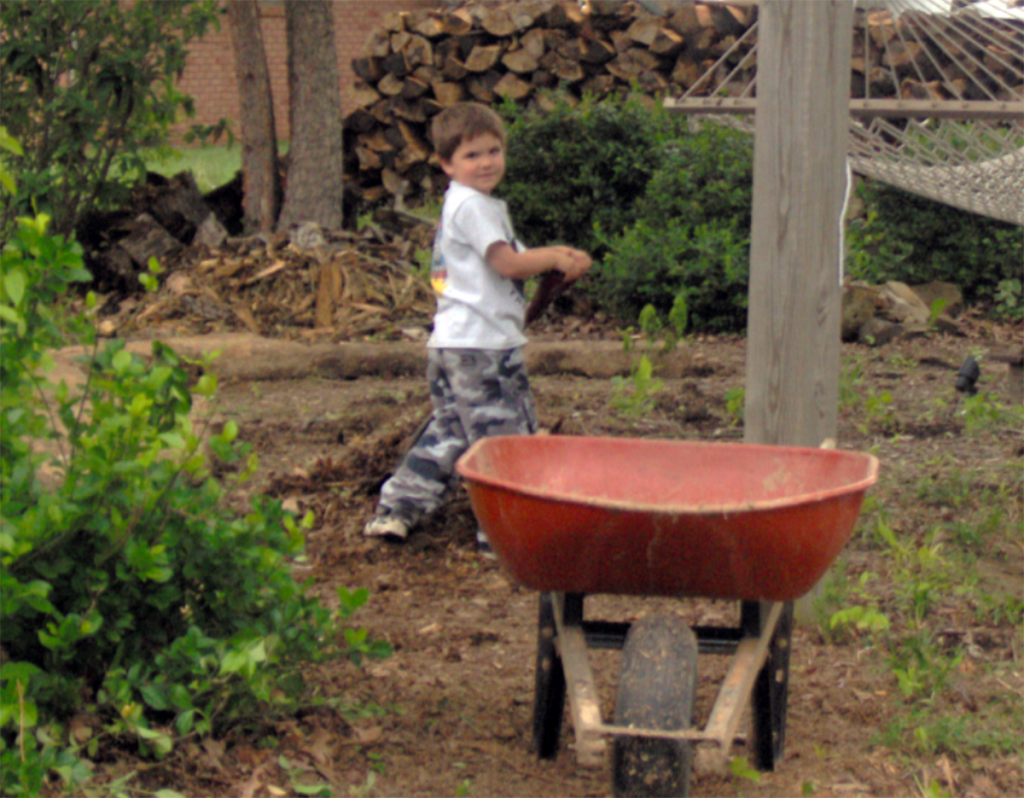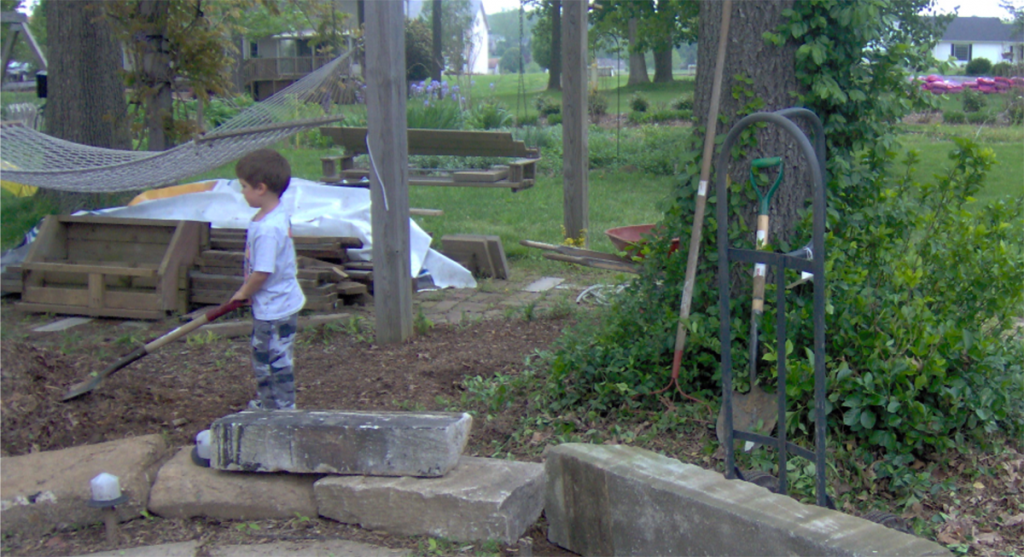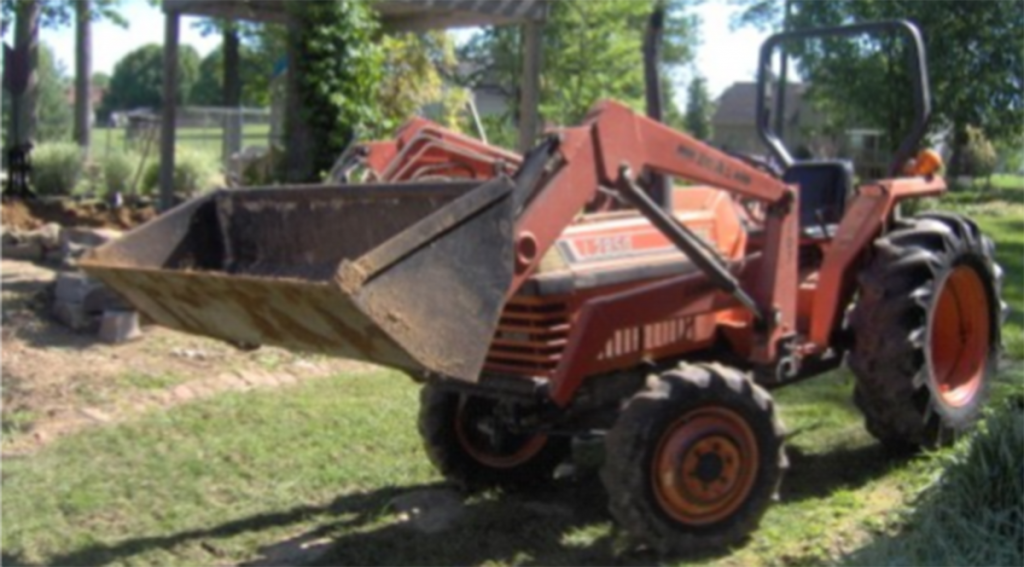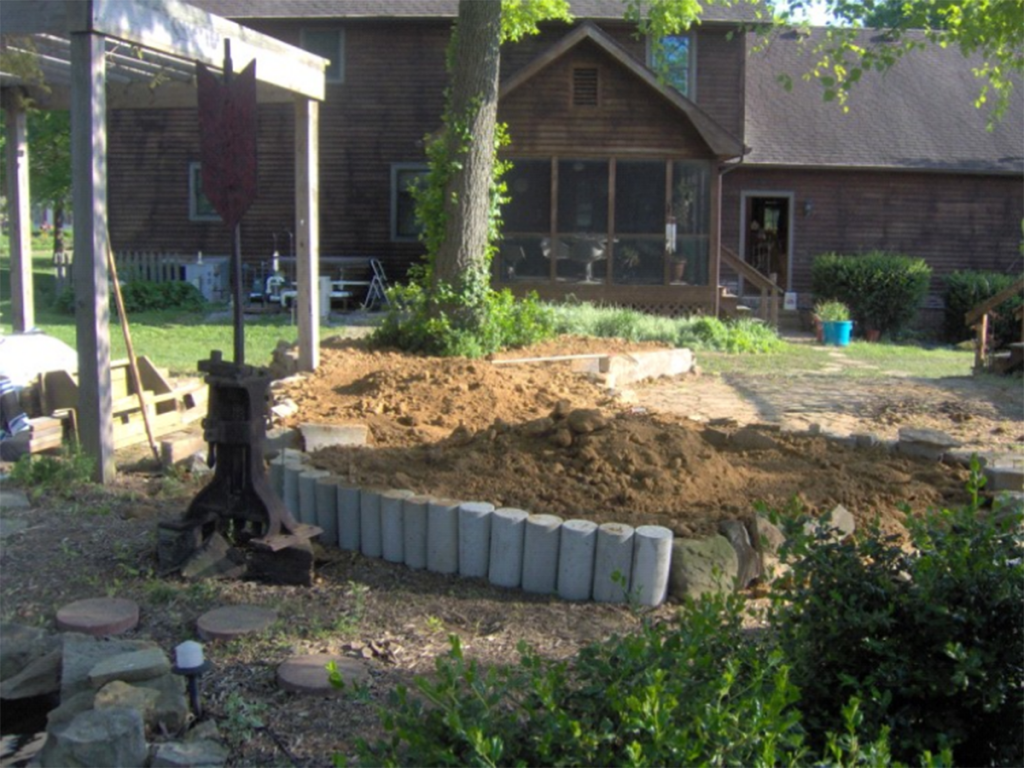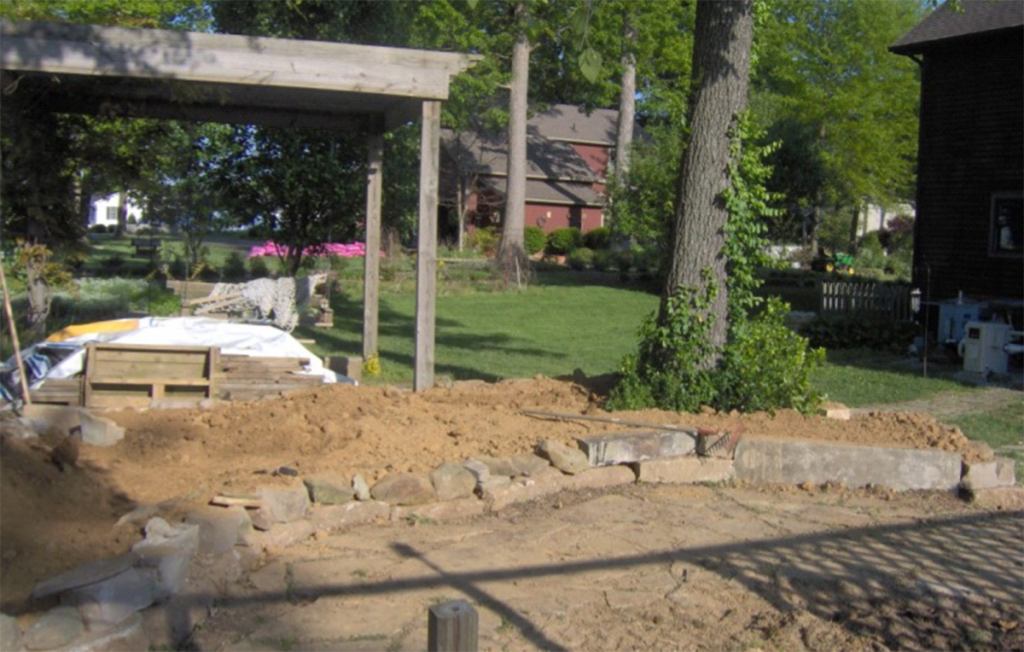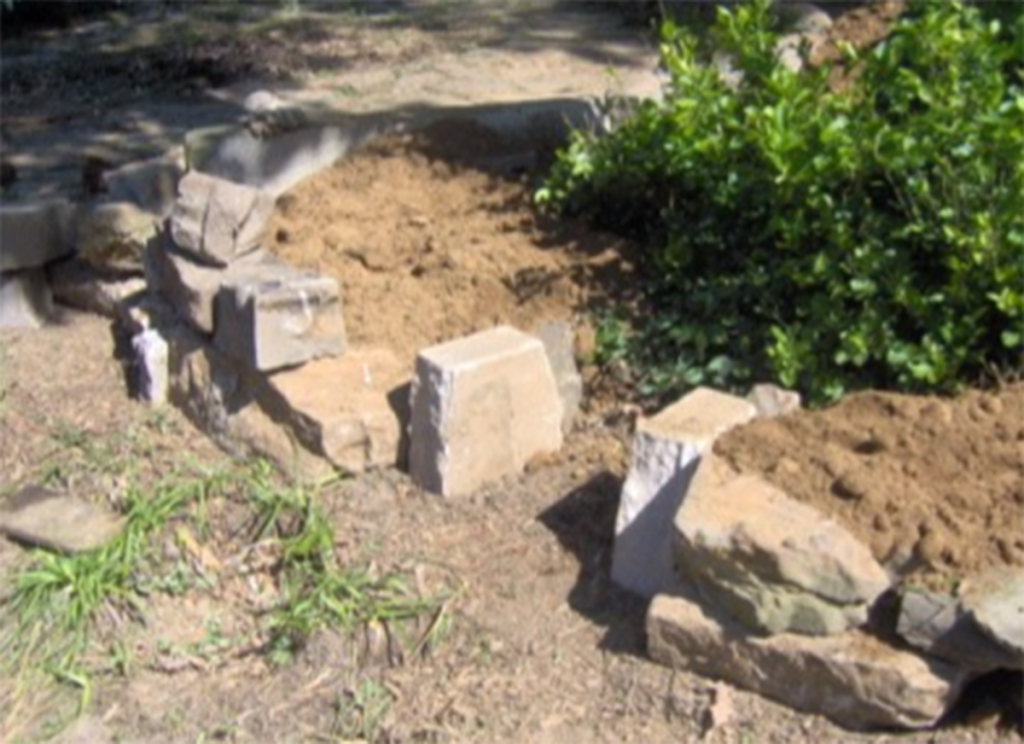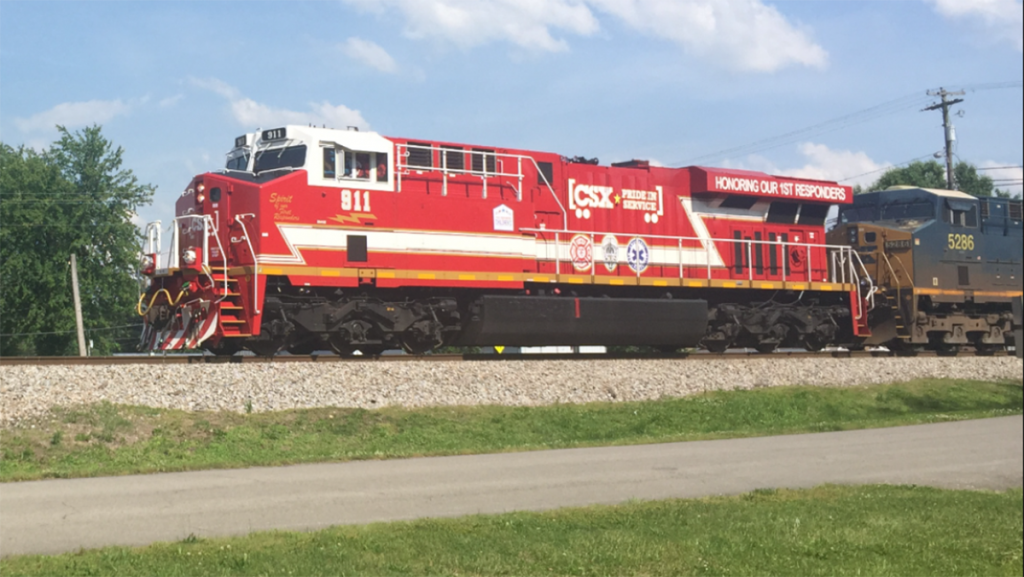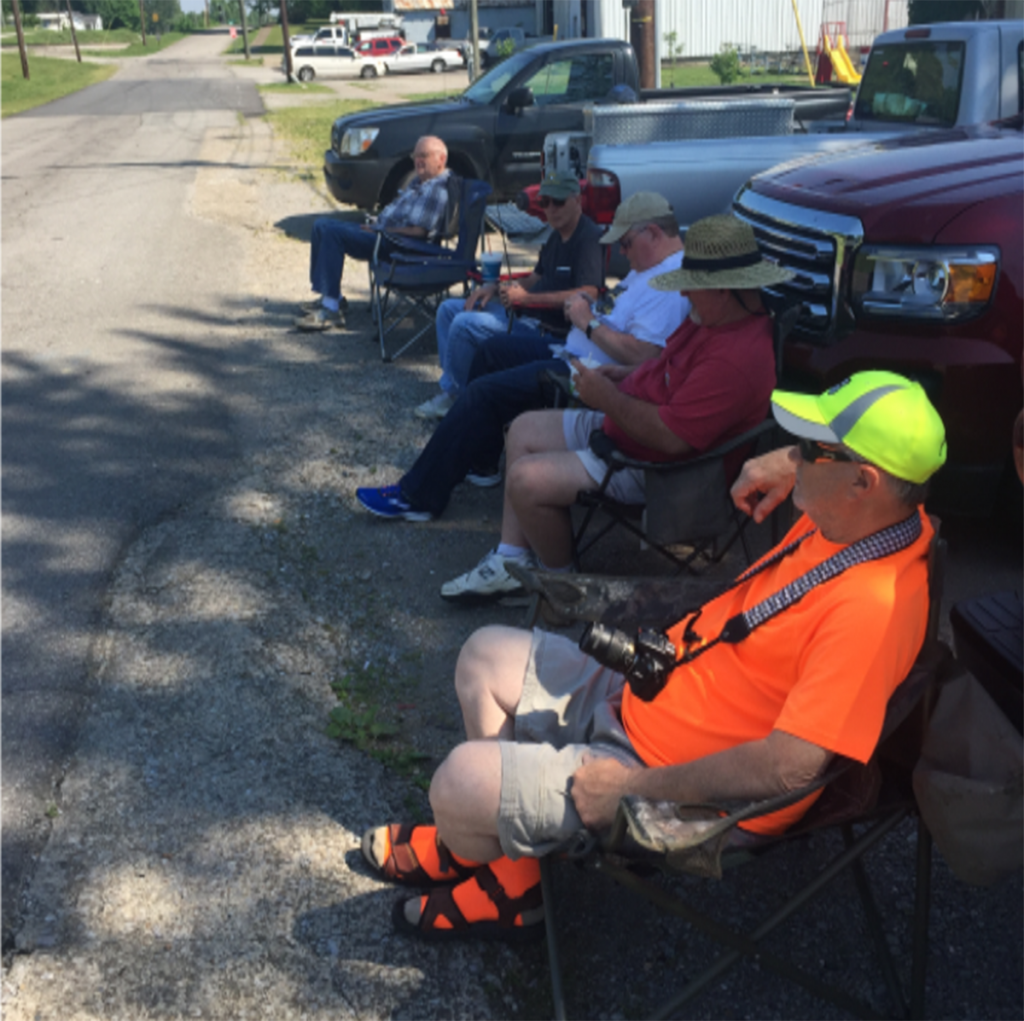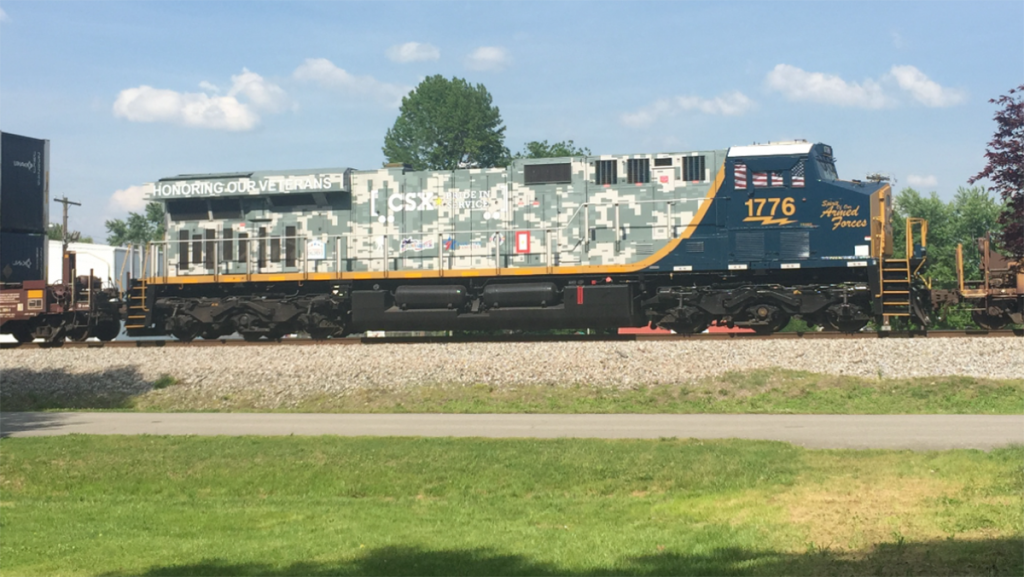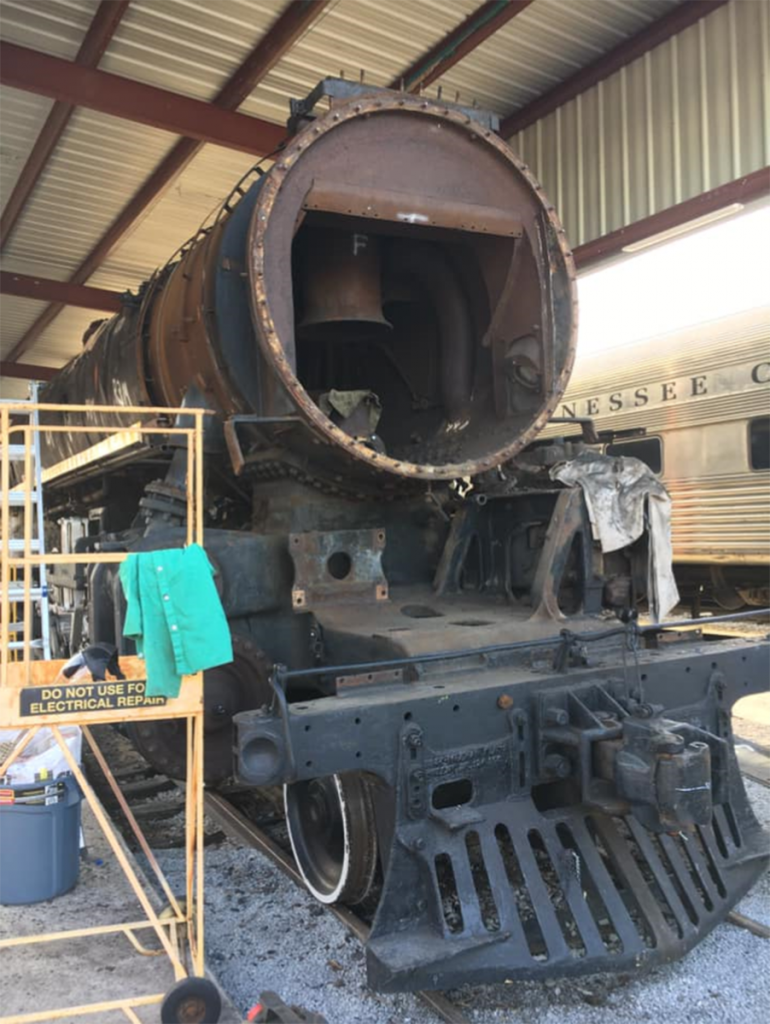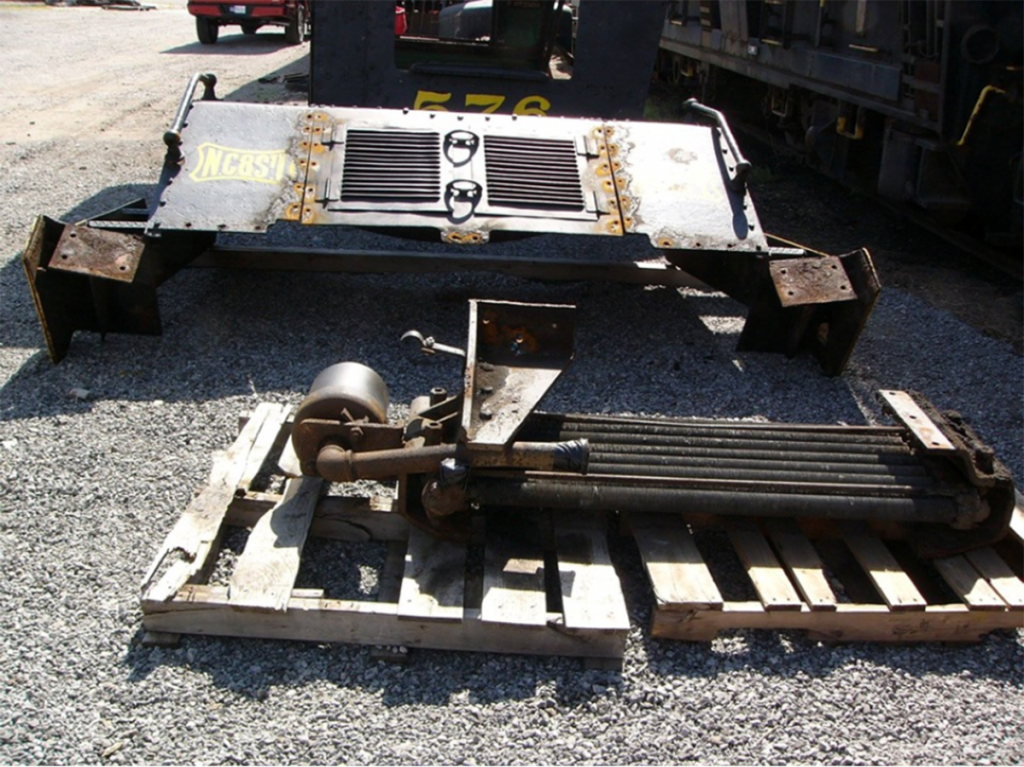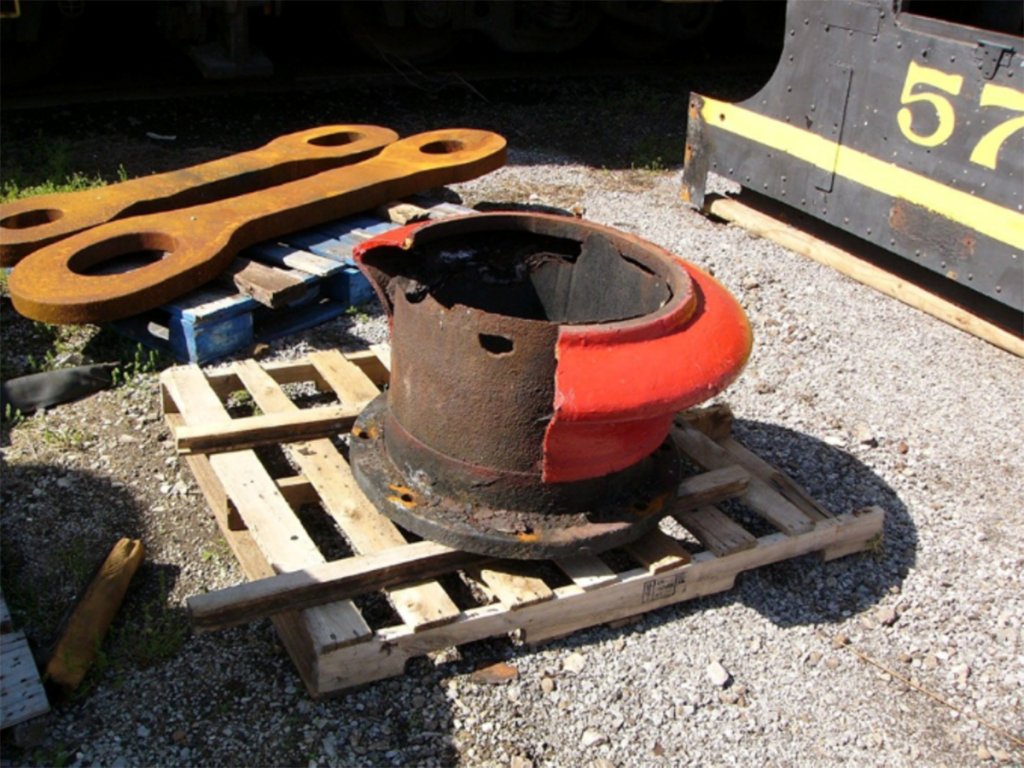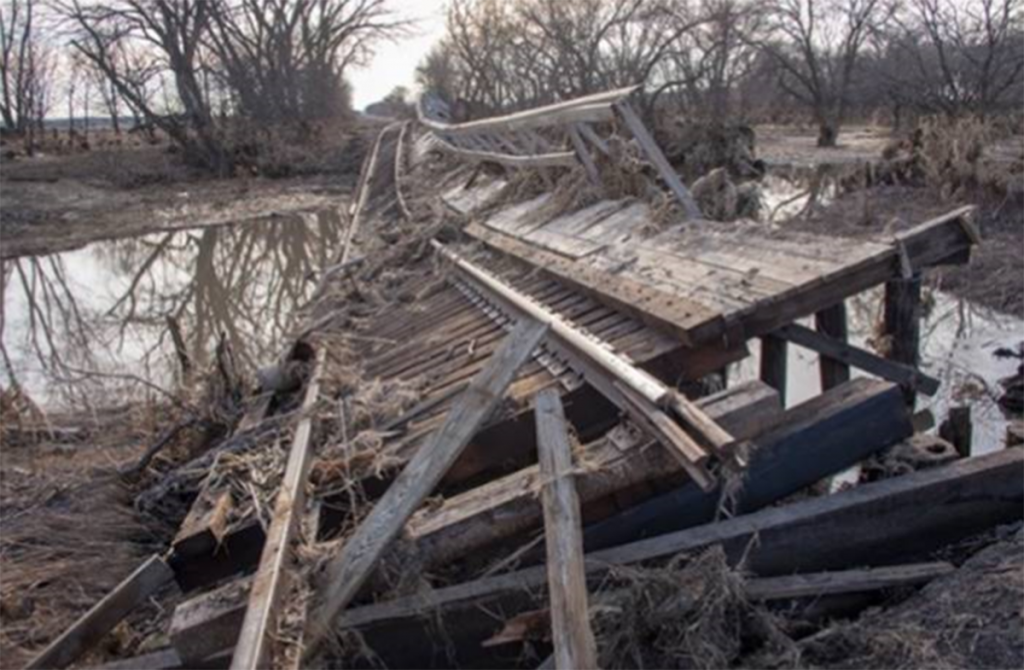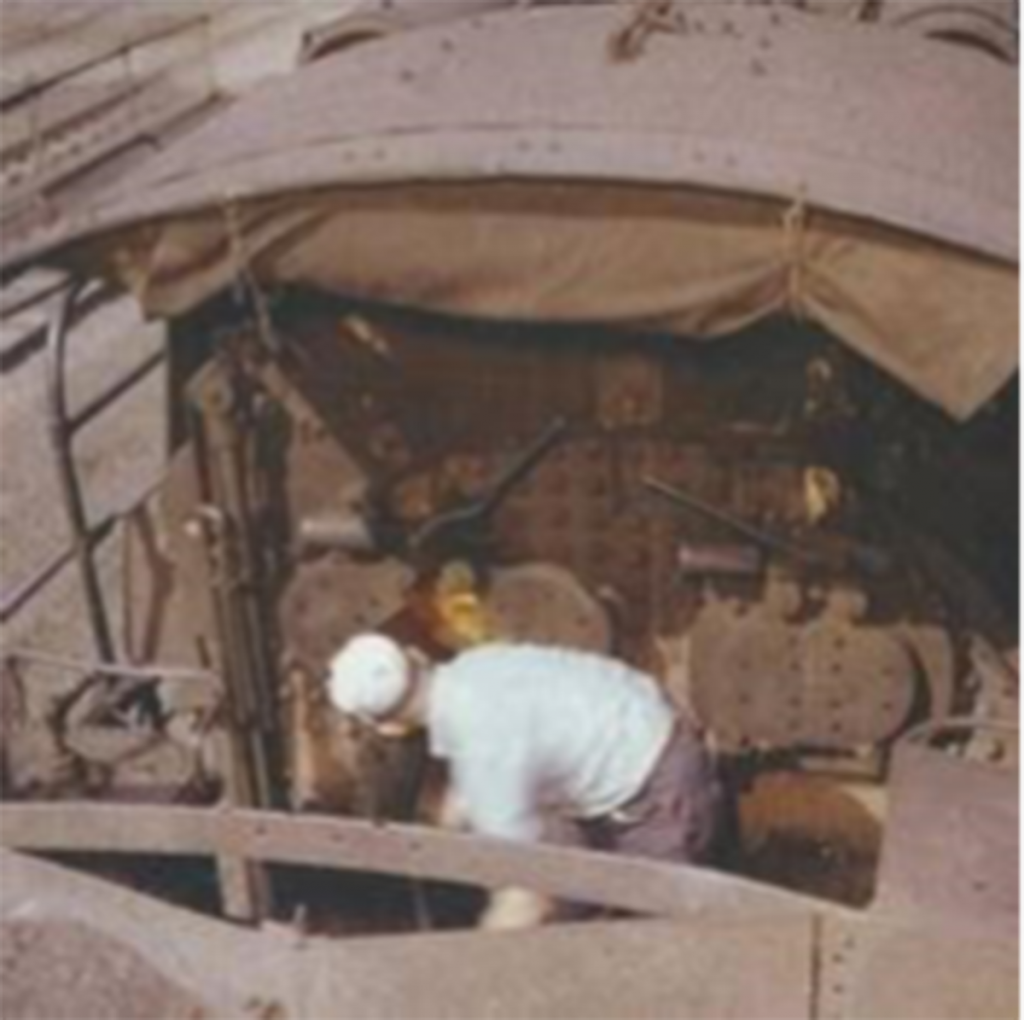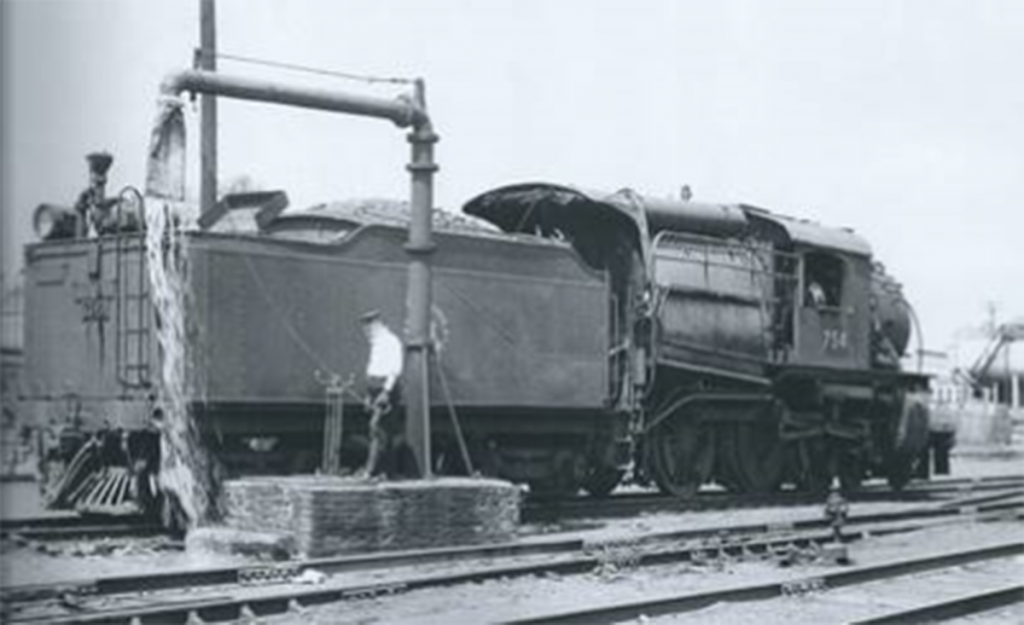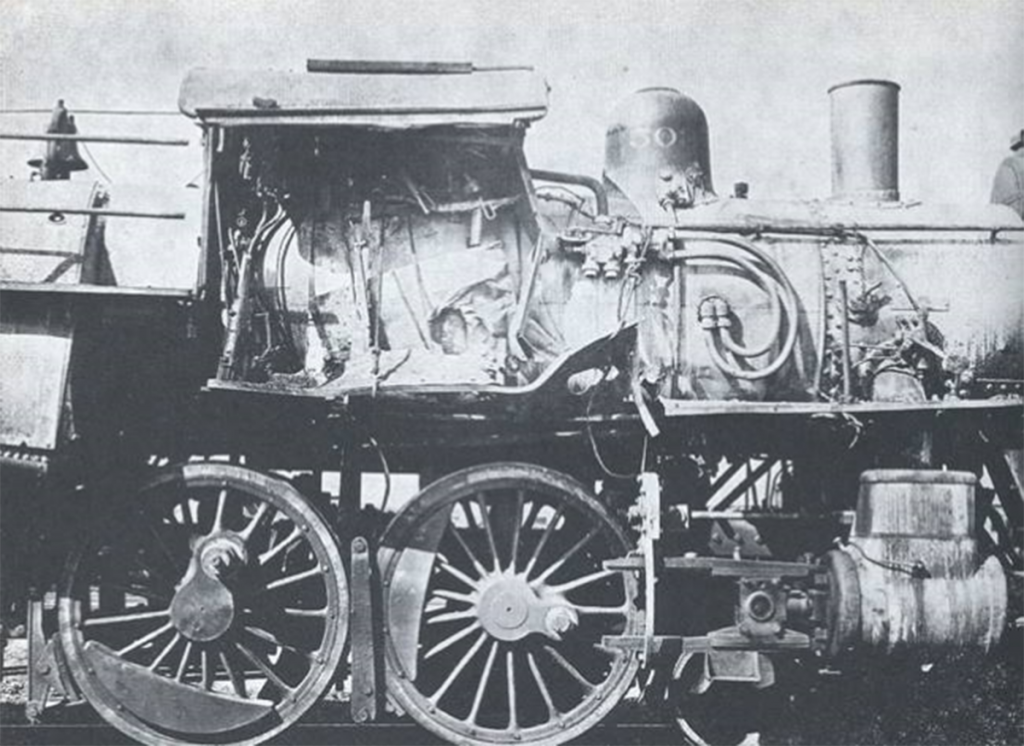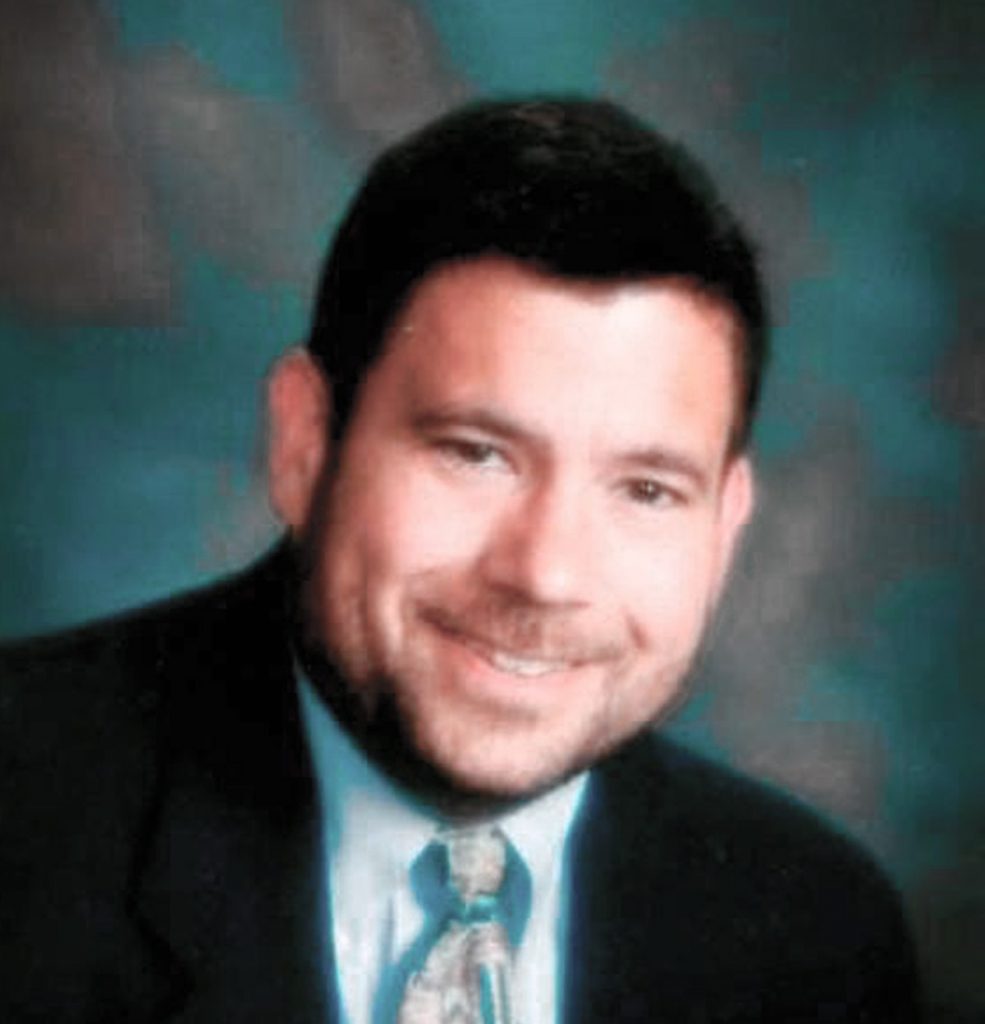
Are you a hold out for jumping into the social media circle? Afraid you’ll get unsolicited friend requests and suspicious messages from people you don’t know and may not want to know? Reluctant about getting your account hacked? Well, if you’re willing to change your password every 6 months or so you can avoid most of these demons.
The truth is, in my opinion, the advantages and benefits social media offers to rail fans and model railroads far outweigh the occasional frustrations experienced by many of us, myself included. Here are just a few examples of rail-related Facebook pages and/or groups:
Nashville Steam – a FB page dedicated to promoting the restoration of NC&StL steam locomotive 576. It is chocked full of pictures and current information about the restoration process. You can post questions and make comments on each post.
Illinois Central Railroad – A public FB page designed for former (and current it still says) employees of The Illinois Central – “A place for former and current employees of the Illinois Central Railroad to hang out and keep in touch.”
L&N Railroad Modelers – A public FB page for those modeling anything L&N.
Railroad Fools – I think the name of the public page speaks for itself. One of my favorites.
Railroad Oddball Locomotives and MOW Equipment – A closed group so you’ll have to click on the “Join Group” button and wait to be granted entrance. A unique site for unusual railroading equipment.
West Kentucky Chapter of The National Railway Historical Society – keep in touch with what your chapter mates are up to and post your own photos, comments, and ideas. Jim Pearson does a great job keeping the public page updated and looking good.
I hope these samples have encouraged you to give social media a try. If you do not have a computer, smart phone, or tablet, you can use your public library’s computers. Just ask the library staff for help.
Bill Thomas, editor

